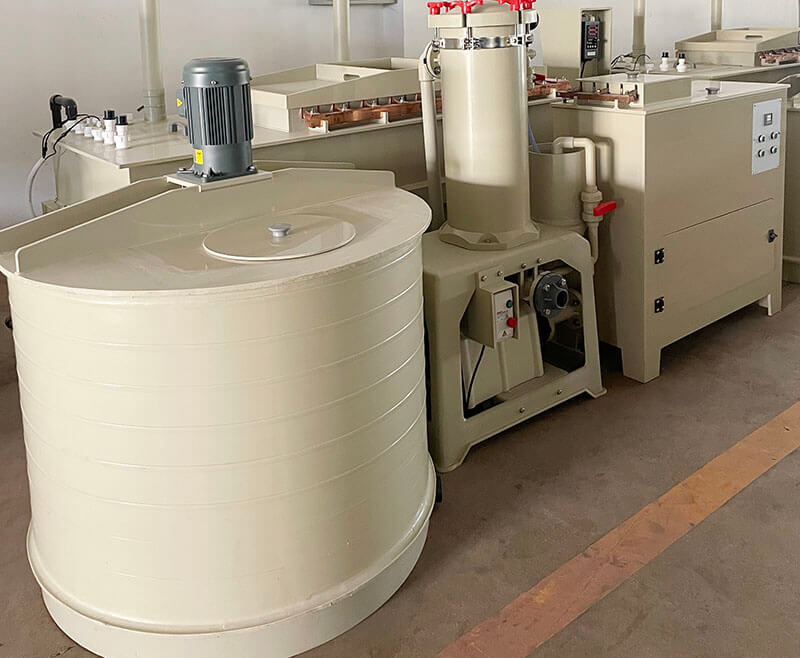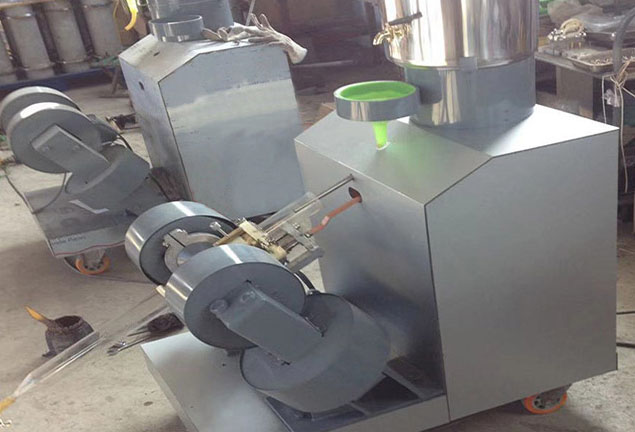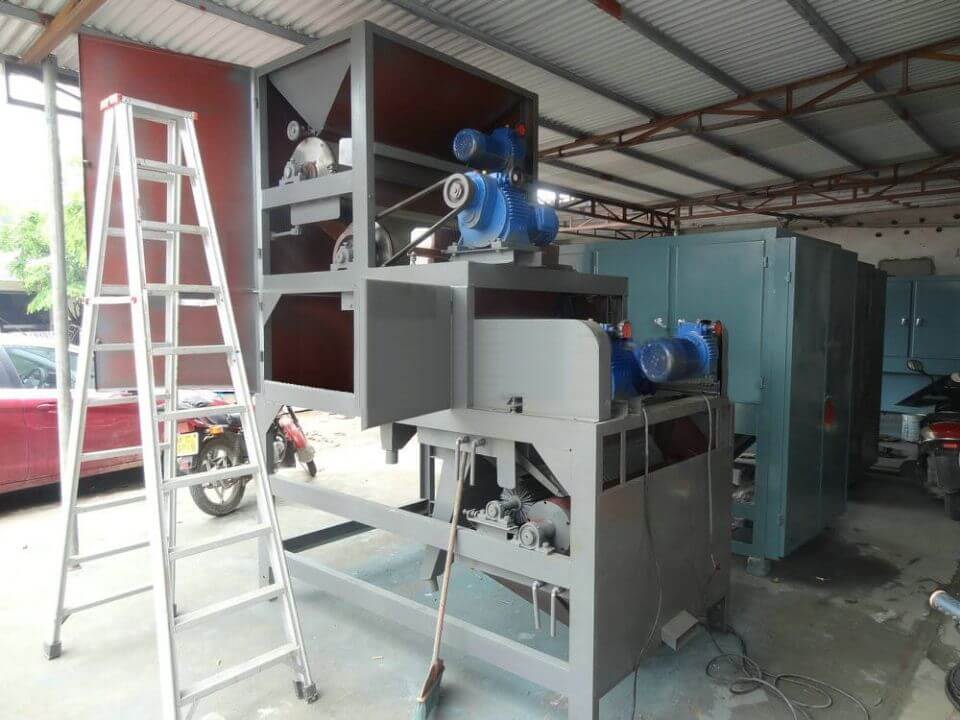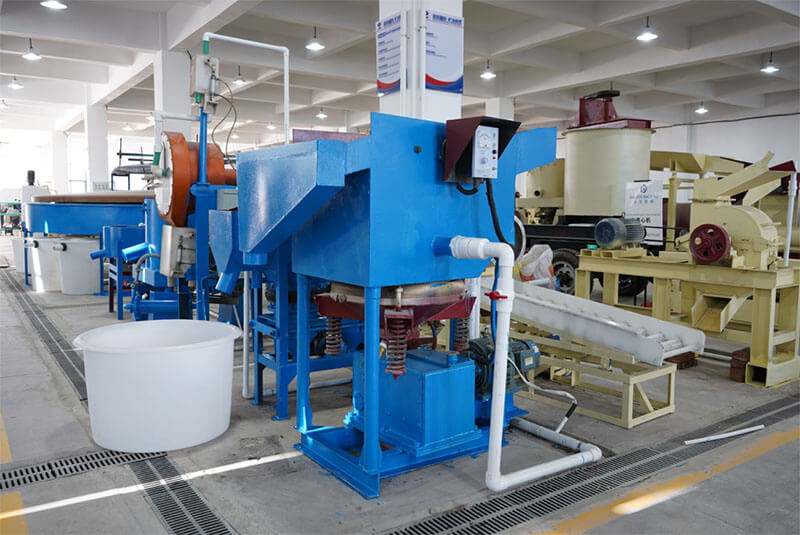The laboratory sieve shaker is an indispensable tool in material analysis and quality control. This device enables the separation and analysis of particles based on their size, facilitating various applications across industries such as pharmaceuticals, food processing, environmental testing, and materials science. This article provides an in-depth exploration of the laboratory sieve shaker, detailing its working principle, key features, applications, advantages, and maintenance practices.
Working Principle
The laboratory sieve shaker operates on a straightforward yet effective principle: it utilizes a combination of mechanical shaking and gravity to separate particles of different sizes. The device typically consists of a stack of sieves, each with distinct mesh sizes. Here’s how it works.
The laboratory sieve shaker working priciple
- Sample Loading: The material to be analyzed is placed on the top sieve of the stack. Depending on the application, this sample can range from powders to granules.
- Vibrational Motion: The sieve shaker is powered by an electric motor that creates a vibrational motion. This motion is usually adjustable in amplitude and frequency, allowing for flexibility based on the specific material being tested.
- Particle Separation: As the shaker vibrates, particles move through the sieves. Larger particles are retained on the upper sieves, while smaller particles pass through to the lower sieves. This process continues until all particles have been classified according to size.
- Data Collection: After the shaking process, the particles are collected from each sieve, and the weight of material retained on each sieve is measured. This data is used to determine the particle size distribution of the sample.
Features
Laboratory sieve shakers come equipped with several key features that enhance their functionality and usability.
Sieve Stack Configuration
Customizing the sieve stack is one of the most critical aspects of a sieve shaker. Users can select the number and size of sieves based on the specific requirements of their analysis. This customization allows for thorough separation across a wide range of particle sizes.
Adjustable Shaking Mechanism
Most modern sieve shakers offer adjustable shaking mechanisms, enabling users to control the frequency and amplitude of the vibrations. This adjustability is crucial for optimizing the separation process for different materials.
Digital Controls and Timers
Many advanced sieve shakers feature digital interfaces that allow users to set precise shaking times and monitor performance. These digital controls enhance reproducibility and accuracy in testing.
Durable Construction
Laboratory sieve shakers are built to withstand rigorous use. They are typically constructed from robust materials, ensuring longevity and reliability in a laboratory setting.
Safety Features
Safety is paramount in laboratory equipment. Many sieve shakers include features like automatic shut-off mechanisms and secure locking systems to prevent accidental openings during operation.
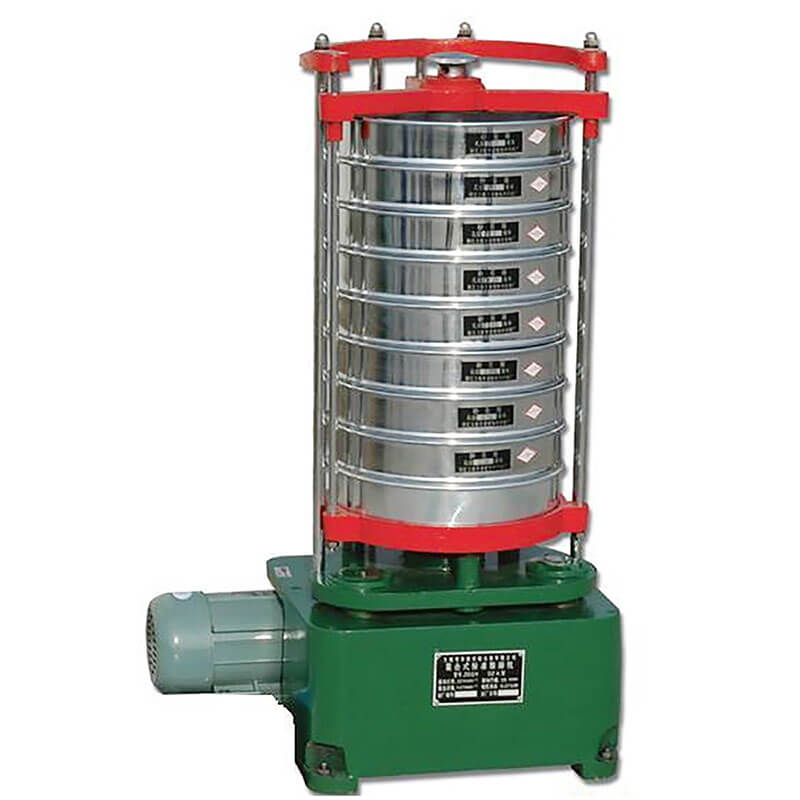
Applications
The versatility of laboratory sieve shakers makes them applicable in numerous industries.
Pharmaceuticals
In the pharmaceutical industry, particle size plays a crucial role in drug formulation and delivery. The lab sieve shaker is suitable for analyzing the size distribution of active pharmaceutical ingredients and excipients, ensuring that products meet stringent quality standards.
Food Processing
The food industry relies on consistent particle sizes for safety and quality. Sieve shakers can analyze flour, sugar, spices, and other food products, helping manufacturers ensure uniformity and compliance with regulations.
Environmental Testing
Environmental scientists use sieve shakers to assess soil and sediment samples, determining particle size distribution to evaluate contamination levels and soil health. This analysis is vital for environmental monitoring and remediation efforts.
Materials Science
In materials science, the properties of powdered metals, ceramics, and polymers are often determined by particle size. Sieve shakers help researchers analyze these materials, guiding the development of new products and applications.
Construction and Aggregate
In the construction industry, the grading of sand, gravel, and other aggregates is essential for quality control in concrete production. Sieve shakers are used to ensure that these materials meet the required specifications.
Laboratory Sieve Shakers Advantage
Laboratory sieve shakers offer several advantages that make them a preferred choice for particle size analysis.
Efficiency
Sieve shakers significantly reduce the time required for particle size analysis compared to manual sieving methods. They can handle large sample volumes quickly and effectively.
Accuracy and Precision
With adjustable controls and standardized procedures, sieve shakers provide accurate and reproducible results. This precision is vital for industries where quality control is paramount.
Versatility
The ability to customize sieve configurations allows for a wide range of applications. Researchers and quality control professionals can adapt the shaker to suit various materials and testing requirements.
User-Friendly Design
Modern sieve shakers are designed with user convenience in mind. Digital controls and straightforward operation make them accessible to users with varying technical expertise.
Data Collection and Analysis
Many sieve shakers come equipped with software that enables data collection and analysis. This feature streamlines reporting and enhances the ability to track changes over time.
Maintenance
To ensure optimal performance and longevity, regular maintenance of laboratory sieve shakers is essential.
Regular Cleaning
After each use, the sieves and shaker should be thoroughly cleaned to prevent cross-contamination between samples. Residual particles can affect subsequent analyses.
Inspection for Wear and Tear
Regularly inspect the sieves for wear, damage, or deformation. Damaged sieves should be replaced immediately to maintain accuracy in particle size analysis.
Calibration
Periodic calibration of the shaker’s vibrational settings ensures that it continues to operate within specified parameters. Calibration should be done according to the manufacturer’s recommendations.
Motor Maintenance
The electric motor should be checked regularly for signs of wear or overheating. Proper lubrication and maintenance will extend the motor’s life and ensure consistent performance.
Adherence to Safety Protocols
Always follow the manufacturer’s safety guidelines during operation and maintenance. This includes ensuring the shaker is powered off and unplugged before performing any maintenance tasks.
Conclusion
The laboratory sieve shaker is a vital instrument in the analysis and quality control of materials across various industries. Its efficient operation, accuracy, and versatility make it an invaluable device for researchers and manufacturers. By understanding its working principle, features, applications, advantages, and maintenance practices, users can maximize the benefits of this essential laboratory equipment. As science and technology advance, the laboratory sieve shaker will continue to play a crucial role in material analysis, contributing to advancements in quality control and product development across multiple sectors.
JXSC lab mineral processing equipment manufacturer has more than 38 years of experience in mining processing. We provide various lab mining equipment including gravity-separating equipment for processing minerals such as gold, tin, tungsten, lead, zinc, tantalum, niobium, iron, manganese, silver, titanium-iron, etc. Lab machines include laboratory jaw crusher, hammer crusher, roller crusher, grinding equipment, lab gravity separator, screening, washing equipment, etc. Welcome to consult!

